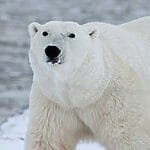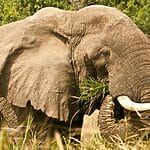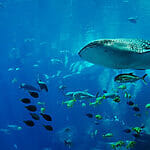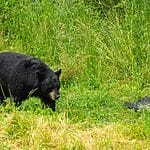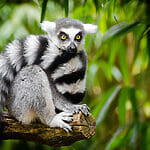8 Common Dangerous Animals in Georgia You Need To Know About
When planning a trip to Georgia, it’s essential to know about the wildlife, especially the dangerous animals you might encounter.
Georgia’s diverse ecosystems are home to a variety of creatures that could pose a threat, from venomous snakes to powerful bears.
Understanding these animals is crucial for anyone venturing into nature or exploring the national parks.
In this guide, we’ll explore the most common dangerous animals found across Georgia. We’ll discuss their habitats, behaviors, and the best safety practices to employ if you come across them.
National Parks for Common Dangerous Animals in Georgia
Georgia is home to 10 national parks, each with its own unique ecosystem and beauty.
Borjomi-Kharagauli National Park
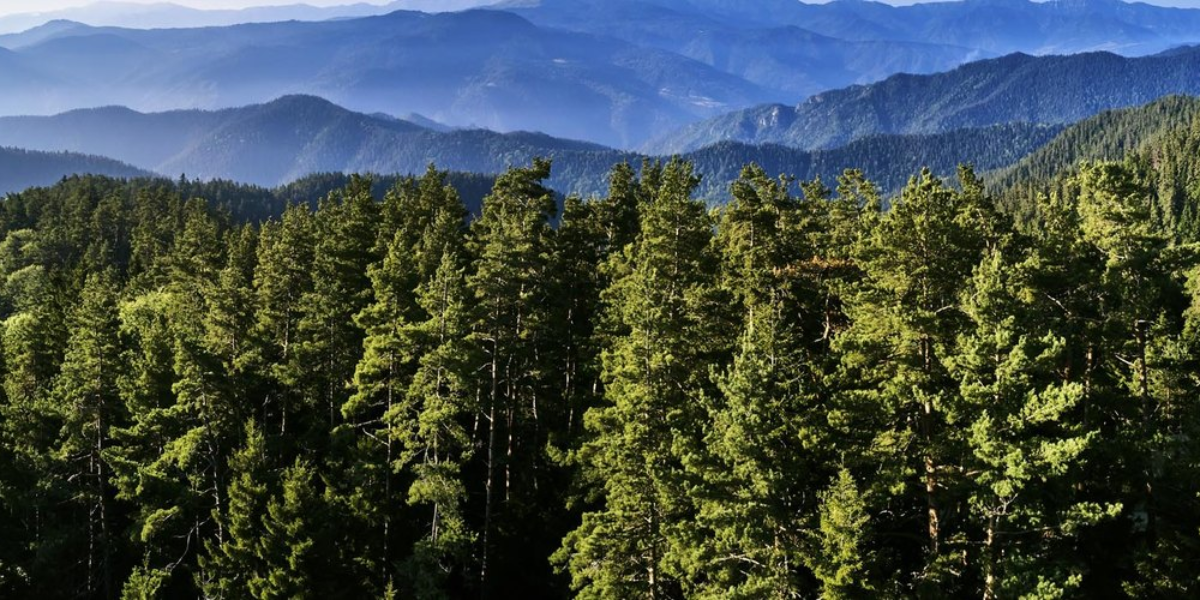
Borjomi-Kharagauli National Park is a protected area in central Georgia. It is one of the largest national parks in Georgia, with an area of 1,093 square kilometers. The park is home to Common Dangerous Animals in Georgia including Caucasian black grouse, the Caucasian viper, and the chamois.
Kolkheti National Park
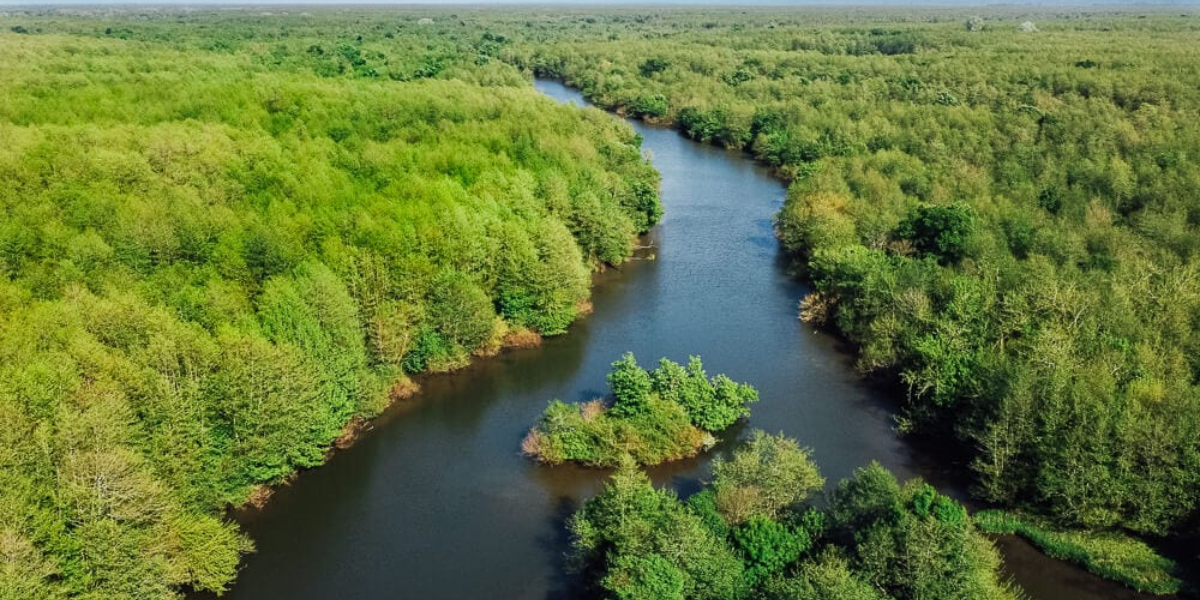
Kolkheti National Park is a protected area in regions of western Georgia. It is one of the largest national parks in Georgia, with an area of 808 square kilometers.
The park is home to the Colchian deer, the black stork, and the beluga sturgeon. Visitors to the park can enjoy a variety of activities, including hiking, birdwatching, and boat tours.
Explore the most Dangerous Animals In Georgia
Short-Tailed Shrew
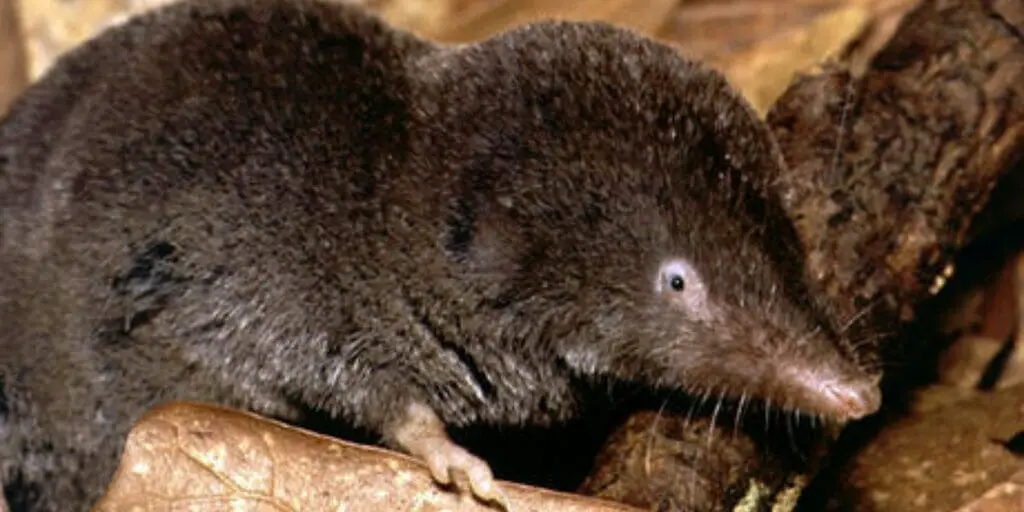
Name: Short-tailed shrew
Scientific name: Blarina brevicauda
Conservation status: Least concern
Interesting fact: Short-tailed shrews are one of the few venomous mammals. They produce a toxin in their saliva that can paralyze their prey.
Found: North America
This dangerous animal is a short-tailed shrew, venomous mammal found in North America. It is one of the most common dangerous animals in Georgia.
Short-tailed shrew is one of the most common dangerous animals in Georgia and their diet consists of insects, worms, and other small animals. They are also known to store food for later use. Short-tailed shrews are an important part of the ecosystem, and help to keep insect populations in check.
Georgia blind salamander
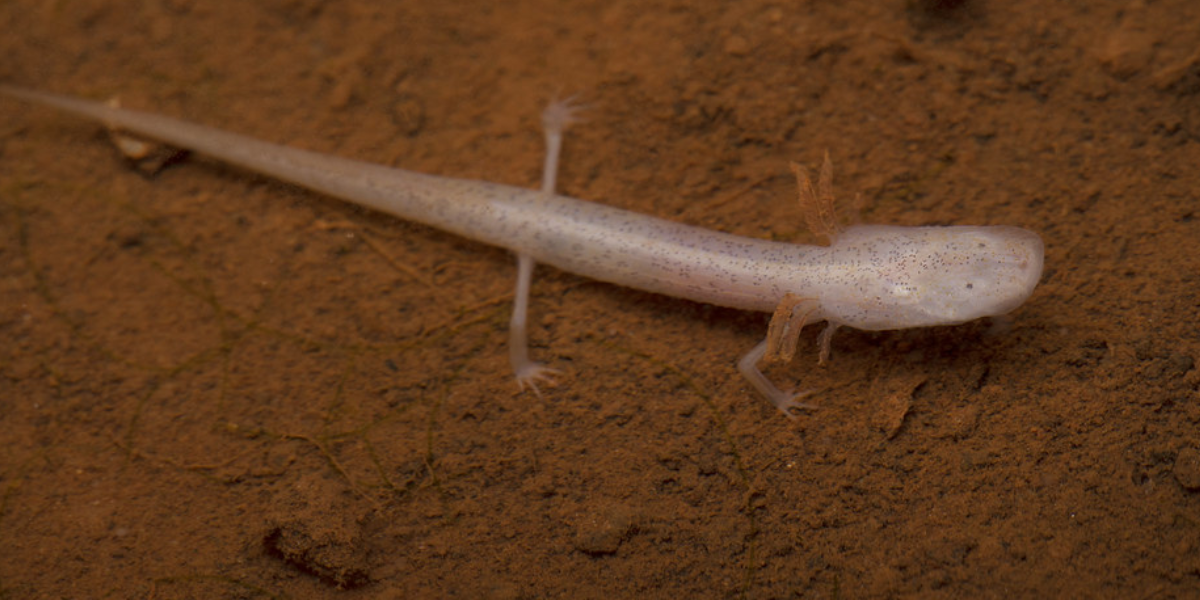
Name: Georgia blind salamander
Scientific name: Eurycea wallacei
Conservation status: Endangered
Interesting fact: The Georgia blind salamander has no eyes, as it lives in complete darkness.
Found: Underground habitats in the southeastern United States, including caves, sinkholes, and wells.
It reaches a maximum length of 2 inches. Georgia blind salamander has a white body with a pink or yellow tint. These salamanders have red external gills. They are carnivore, eating small aquatic invertebrates, and listed as endangered by the IUCN due to habitat loss.
Southern flying squirrel
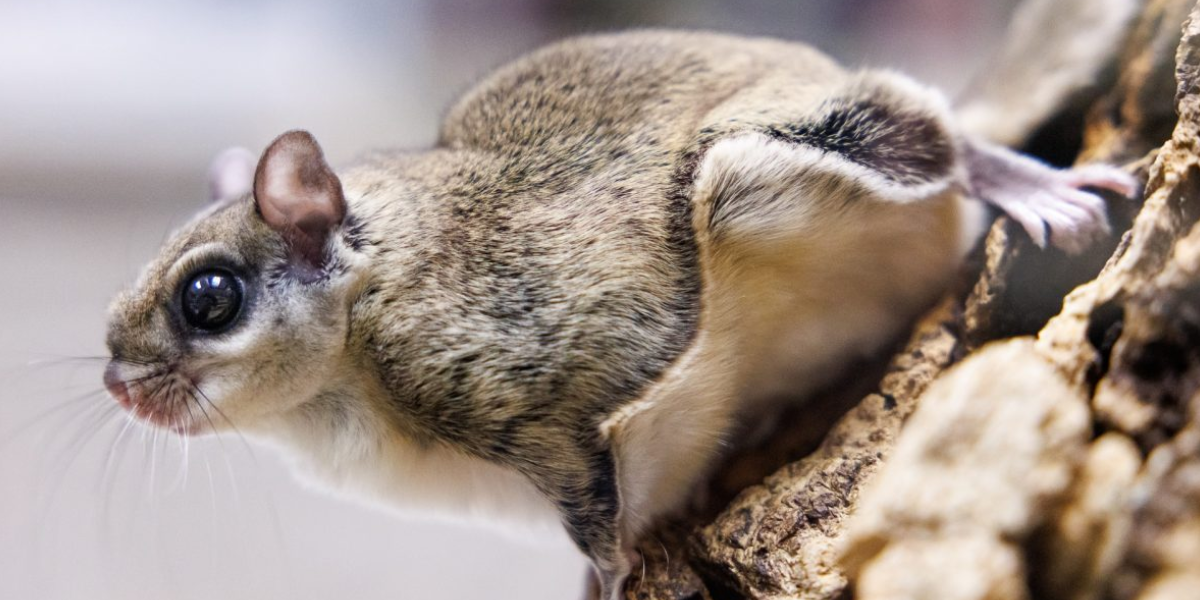
Name: Southern flying squirrel
Scientific name: Glaucomys volans
Conservation status: Least concern
Interesting fact: Can glide up to 240 feet.
Found: Deciduous and mixed woods in the eastern half of North America, from southeastern Canada to Florida.
The Southern flying squirrel is a small, nocturnal rodent that is found in deciduous and mixed woods in the eastern half of North America. It is a glider, meaning that it can use a fold of skin between its front and hind legs to glide through the air.
It has gray-brown fur on top with darker flanks and is a cream color underneath. Their eyes are large and have a flattened tail. They are social animal and often lives in groups of up to 12 individuals.
Rough-sided horned lizard
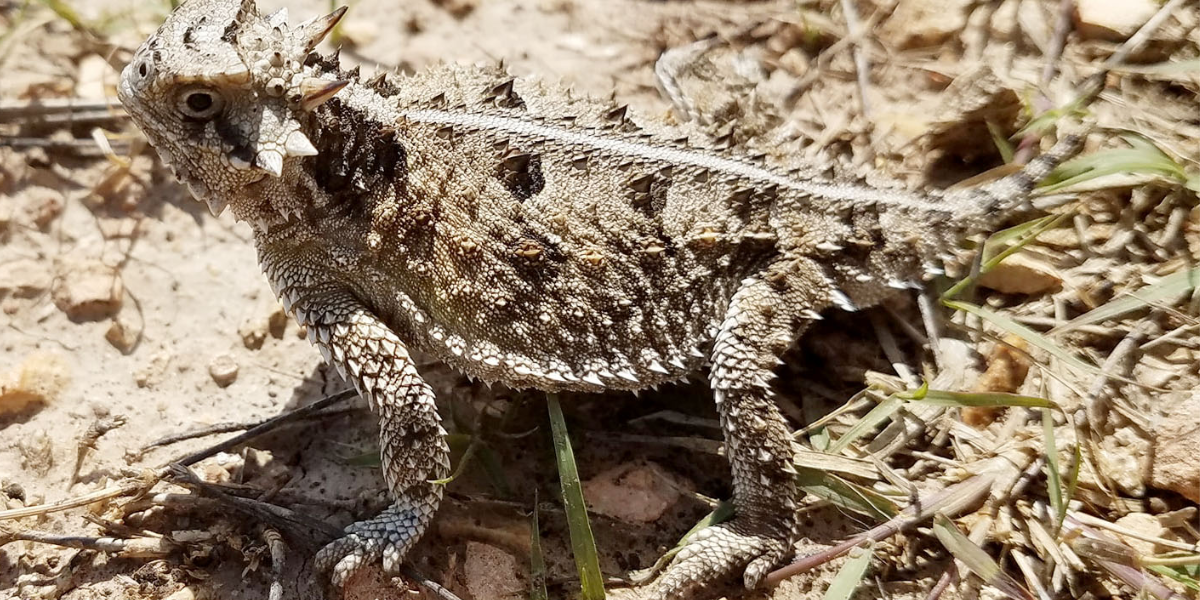
Name: Rough-sided horned lizard
Scientific name: Phrynosoma platyrhinos
Conservation status: Least concern
Interesting fact: Can squirt blood from its eyes as a defense mechanism.
Found: Arid regions of the southwestern United States and Mexico.
The Rough-sided horned lizard is a small, spiny lizard that is found in arid regions of the southwestern United States and Mexico. It is a member of the horned lizard family, and it is named for its rough scales and the two horns that are located above its eyes.
It is about 4-5 inches long, and has a brown or gray body with black spots. These lizards are carnivore and eats ants, termites, and other insects. They can squirt blood from its eyes to protect themselves.
Georgia mud turtle
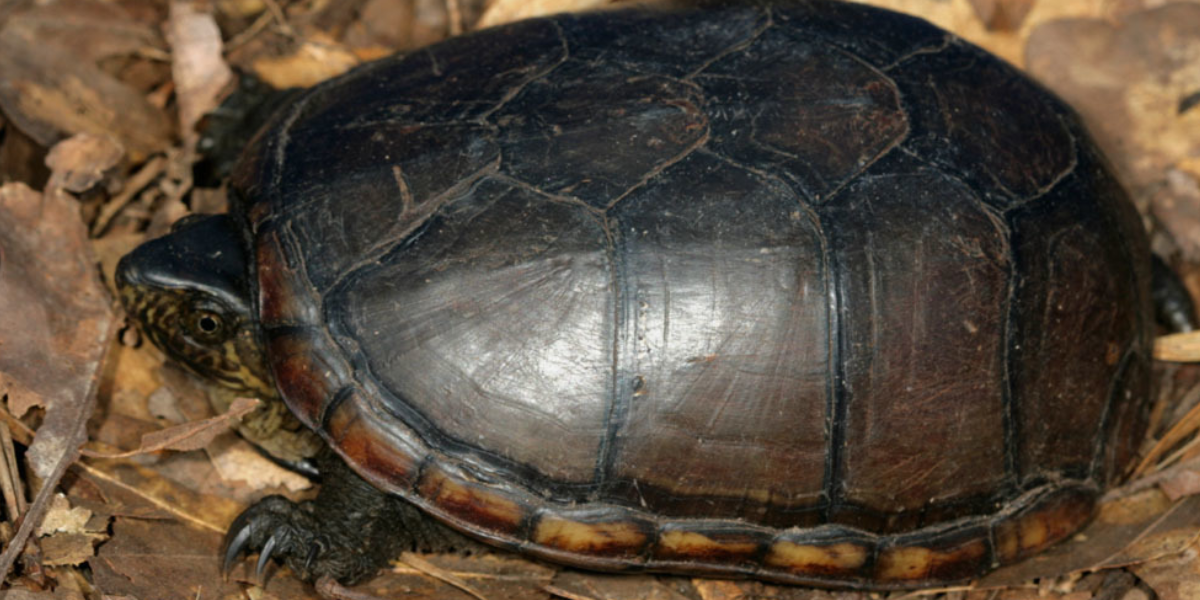
Name: Georgia mud turtle
Scientific name: Kinosternon subrubrum
Conservation status: Least concern
Interesting fact: Can change its color to blend in with its surroundings.
Found: Shallow waters, marshes, and ponds in the southeastern United States.
The Georgia mud turtle is a small, freshwater turtle that is found in the southeastern United States. It is a member of the mud turtle family, and it is named for its ability to live in muddy habitats.
It is about 3-4 inches long, and has a brown or olive shell with black markings. These turtles are carnivore and eats insects, worms, and snails. They have the ability to change their color and to blend in with its surroundings.
Savannah sparrow
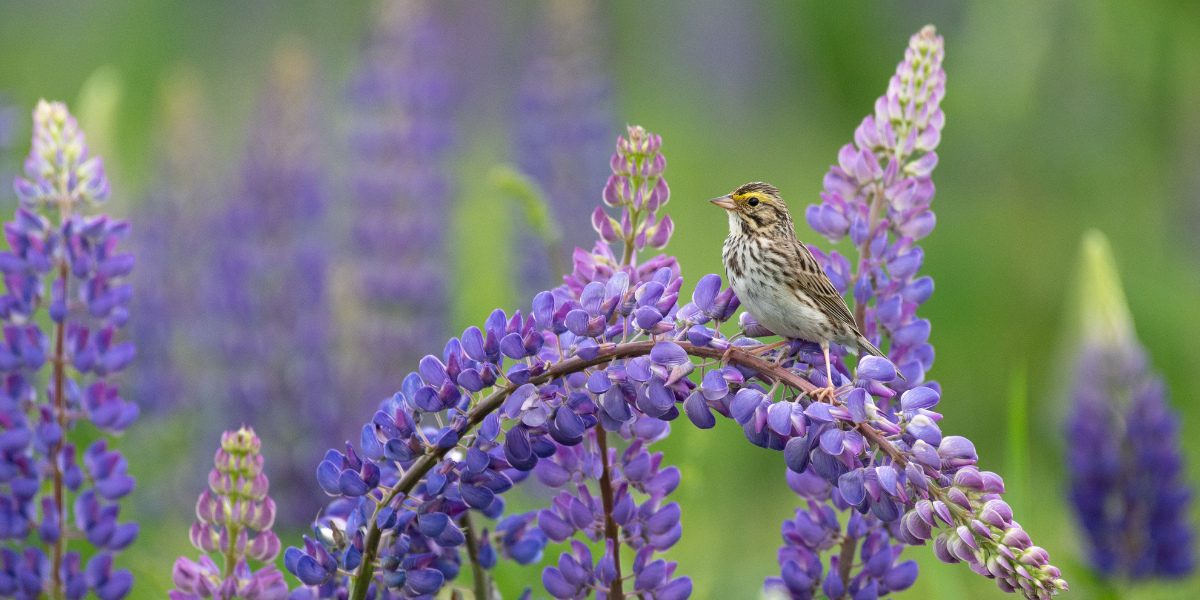
Name: Savannah sparrow
Scientific name: Passerculus sandwichensis
Conservation status: Least concern
Interesting fact: Their song sounds like an insect buzzing.
Found: Grasslands, meadows, and fields in North America.
The Savannah sparrow is a small, brown sparrow that is found in grasslands, meadows, and fields in North America. It is a member of the sparrow family, and it is named for its habitat.
The Savannah sparrow has a yellow stripe above each eye, and has a brown back and a white belly with brown streaks. These are herbivorous and eats seeds, insects, and spiders. Their song sounds like an insect buzzing.
Black widow spider
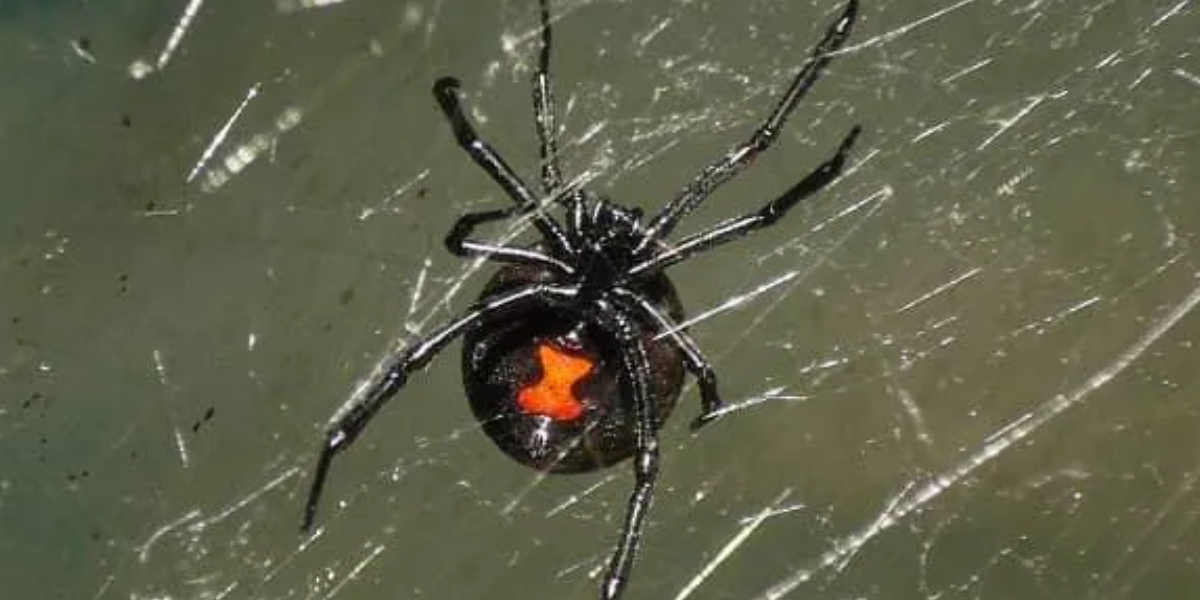
Name: Black widow spider
Scientific name: Latrodectus
Conservation status: Least concern
Interesting fact: Their venom is 15 times stronger than rattlesnake venom.
Found: Throughout North America, South America, Australia, and Africa.
The black widow spider is the Common Dangerous Animals in Georgia and well-known around the world. It is a small, venomous spider that is found throughout the world. It is a member of the Theridiidae family, and it is named for the black, widow-shaped marking on its abdomen.
Female black widows are about 1.5 inches long, while males are only about half that size. Black widows are known for their sexual cannibalism, in which the female spider often eats the male after mating.
The venomous spiders can cause severe pain, muscle cramps, and other diseases. In rare cases, the bite of a black widow spider can be fatal.
Gulf Coast mole skink
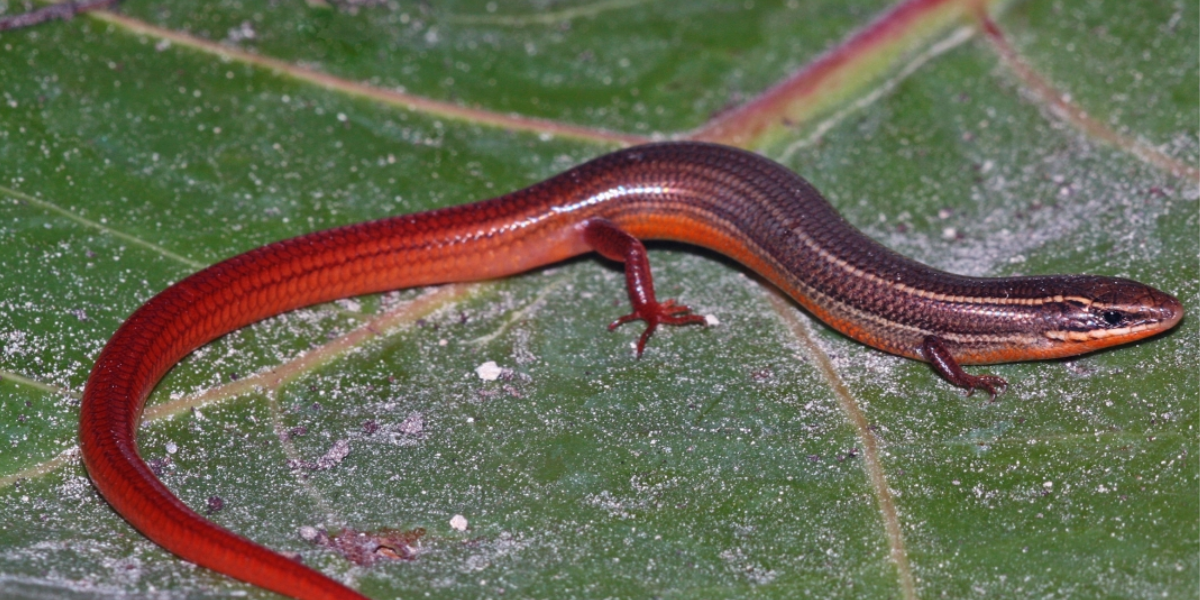
Name: Gulf Coast mole skink
Scientific name: Eumeces egregius
Conservation status: Least concern
Interesting fact: Has a forked tongue that helps it smell.
Found: Florida, Alabama, and Georgia
The Gulf Coast mole skink is a small, burrowing lizard that is found in the coastal plain of the southeastern United States. It is a member of the skink family, and it is named for its mole-like appearance.
It is about 4-6 inches long and has a gray or brown body with black spots. They are carnivore and eats insects, worms, and snails.
Most Dangerous Animals in Georgia
Centipedes
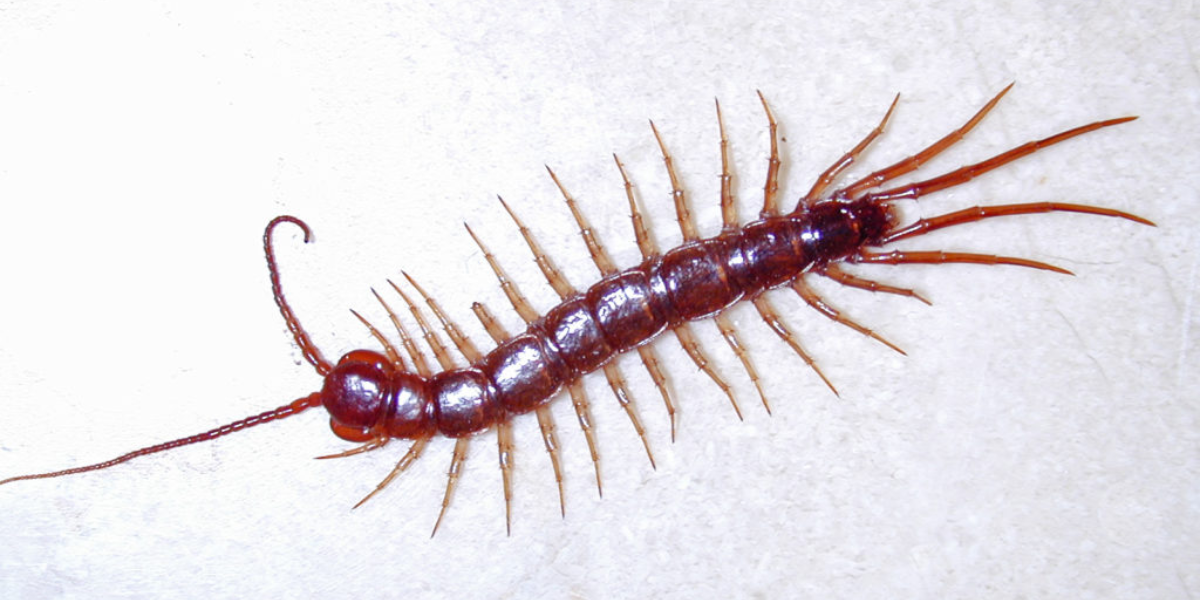
Name: Centipedes
Scientific name: Chilopoda
Conservation status: Endangered
Centipedes are elongated, segmented arthropods with one pair of legs per segment. They are predatory and most dangerous animals, and some species can deliver a painful bite. Centipedes are found worldwide, but they are most common in tropical and temperate regions.
The centipede’s venom isn’t fatal to a healthy adult, but it can cause pain, blurred vision, an increase in blood pressure, and respiratory failure .
Brown recluse spider
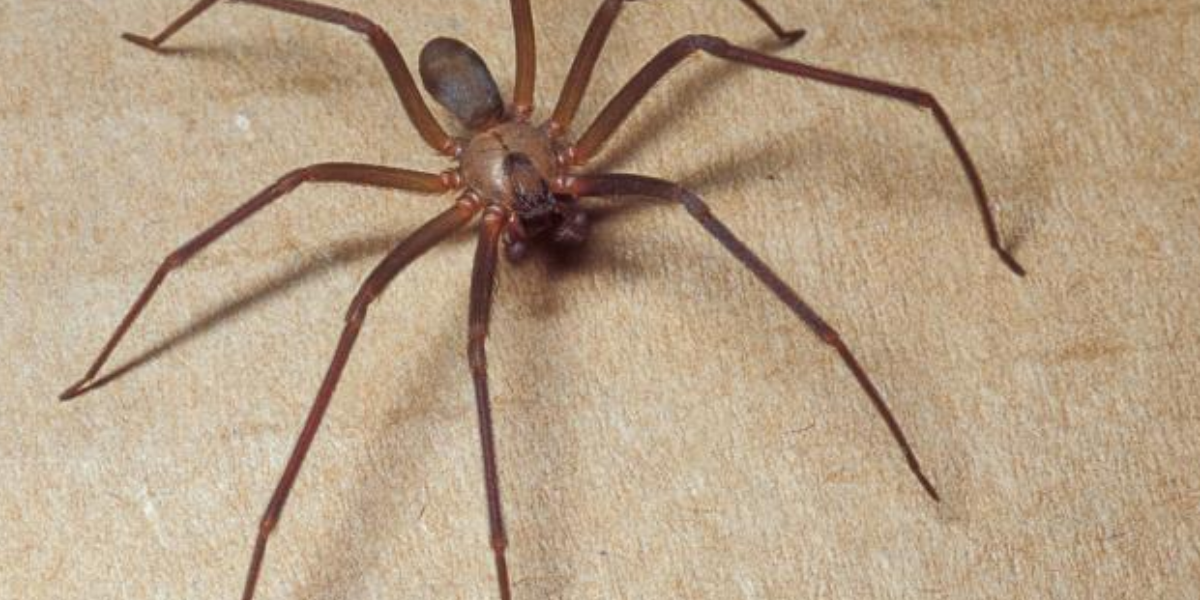
Name: Brown recluse spider
Scientific name: Loxosceles reclusa
Conservation status: Least concern
The brown recluse spider is a small, venomous spider that is found in the southern and central United States. It is a member of the Sicariidae family, and it is named for the violin-shaped marking on its back.
It is about 1/2 inch long. It has a pale brown body with a dark brown violin-shaped marking on its back.It is a nocturnal spider and is most active at night. Its venom can cause necrosis, or tissue death, if it is not treated.
Fire ants
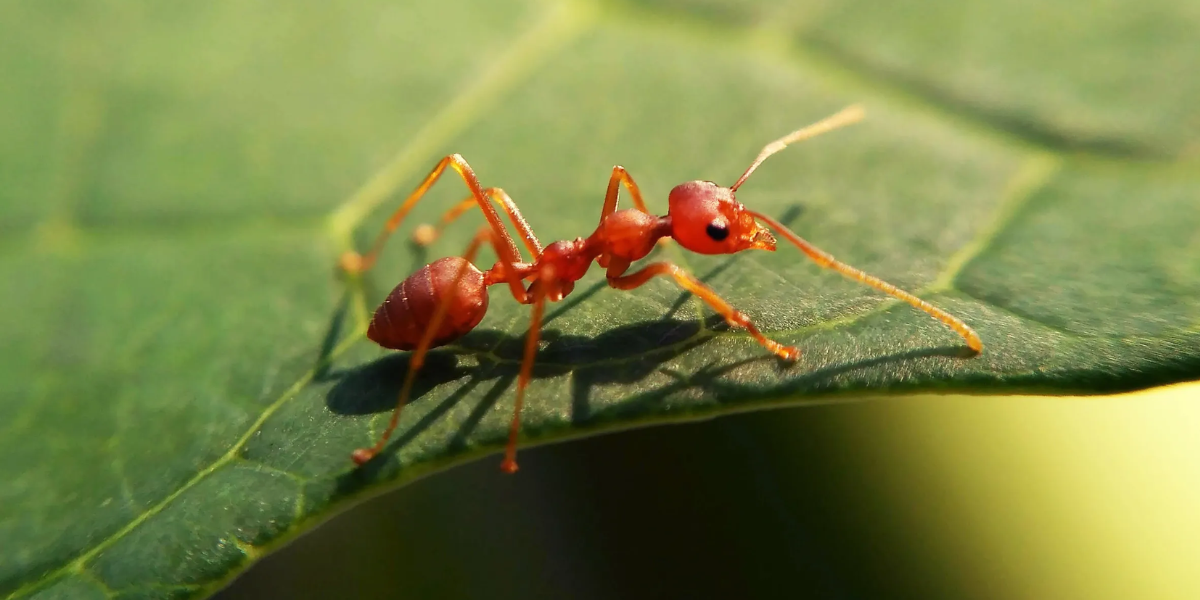
Name: Fire ants
Scientific name: Solenopsis
Conservation status: Critically Endangered
Fire ants are small, reddish-brown ants that are known for their painful sting. They are native to South America, but were accidentally introduced into the United States in the 1930s.
They live in large colonies that can contain millions of ants. These ants are aggressive and will attack anything that they perceive as a threat. Their sting can cause a burning sensation, redness, and swelling. In some cases, fire ant stings can be fatal.
Largest Animal in Georgia
North Atlantic right whale
The North Atlantic right whale is the largest and most common dangerous animals in Georgia. It is found in the coastal waters of the North Atlantic Ocean. It is one of the most endangered whales in the world, with only about 350 individuals remaining.
Rarest & official Animal of Georgia
White-Tailed Deer
White-tailed deer are the most common deer species in North America. They are herbivores and eat a variety of plants, including grasses, leaves, and fruits. White-tailed deer are also crepuscular, meaning they are most active at dawn and dusk.
Endangered & Critically Endangered Species in Georgia
Here are some of the most endangered animals in Georgia.
Gray Bat
The gray bat is a medium-sized insectivorous bat that is found in limestone karst areas of the southeastern and midwestern United States. It is a member of the Myotis genus, and it is named for its gray fur.
The gray bat is listed as endangered by the IUCN, and its population is declining due to habitat loss and white-nose syndrome.
Blue Shiner
The Blue Shiner is a small, freshwater fish that is found in the southeastern United States. It is a member of the minnow family, and it is named for its blue coloration. The Blue Shiner is listed as threatened by the U.S. Fish and Wildlife Service due to habitat loss and degradation.
How many animals are native to Georgia
The animals that are native to the Georgia includes mammals, birds, reptiles, amphibians, fish, and insects. Some of the most common dangerous animals in Georgia include the following.
- Eastern gray squirrel
- White-tailed deer
- Raccoon
- Opossum
- Bobcat
- Black bear
FAQs
What is the top predator in Georgia?
Georgia’s top predators include the American alligator, Eastern diamondback rattlesnake, and bobcat. Alligators dominate coastal regions, rattlesnakes control rodent populations, and bobcats maintain ecological balance. Bobcats face threats from vehicles, so driving carefully in their habitats is crucial for their protection.
What is the most common animal in Georgia?
The white-tailed deer is the most common animal in Georgia. Found in nearly all counties, these deer are a significant part of the state’s wildlife ecosystem, influencing local biodiversity and serving as key prey for larger predators.
How many poisonous animals are in Georgia?
Georgia is home to a variety of poisonous animals, including several snake species like the Eastern diamondback rattlesnake and the copperhead, and spiders such as the black widow. While encounters are rare, their bites can be severe, emphasizing the importance of caution in natural areas.
What is the dangerous wildlife in Georgia country?
eastern diamondback rattlesnake, the black widow spider, the snapping turtle, and the copperhead snake are the most dangerous wildlife in Georgia country.
- What Should I Do If A Koala Bites Me? Safety Guide - 2024-05-30
- Are Kangaroos Born Without Hind Legs? A Fascinating Journey - 2024-05-30
- Animals That Look Like Squirrels - 2024-05-30

